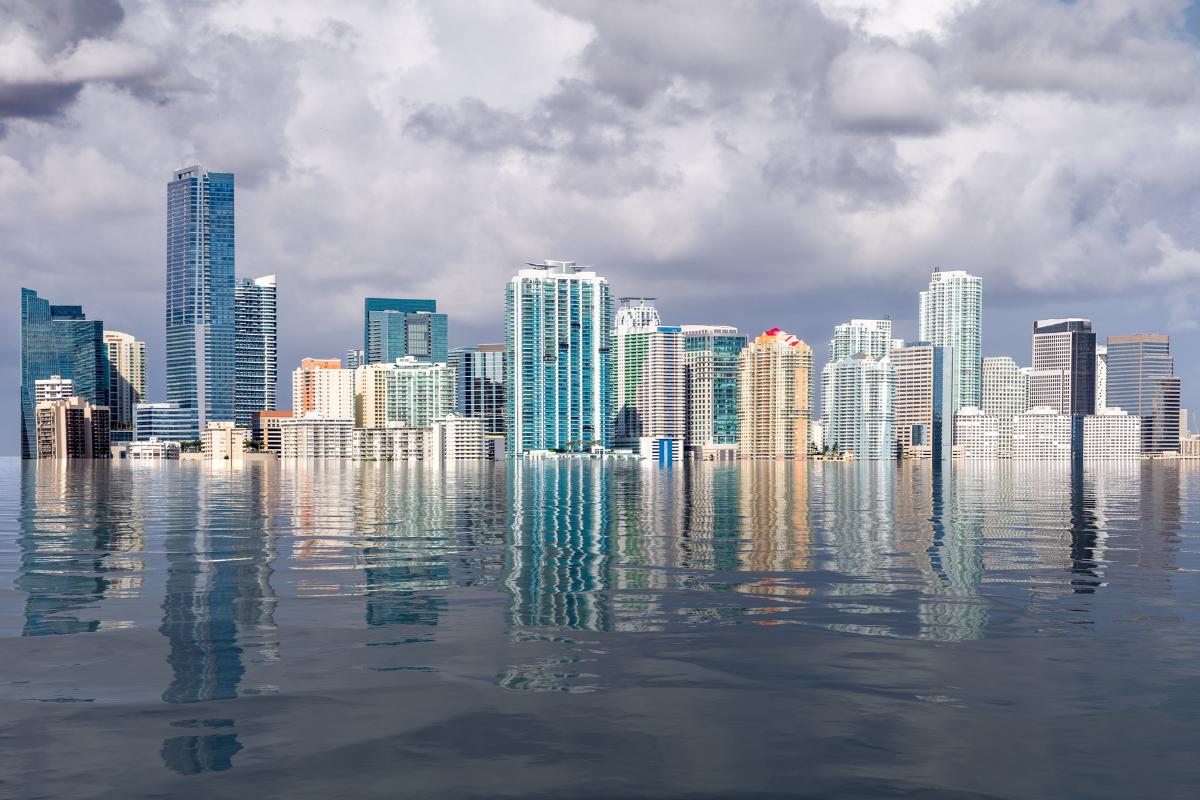Sea levels rose by approximately 1.5 mm annually worldwide between 1900 and 2020, faster than in any century over the last 4,000 years, according to a scientific study published on Wednesday in the journal Nature.
A group of scientists, led by researchers affiliated with Rutgers University in New Jersey (United States), focused on changes in sea level from the Holocene to the present day, covering a period of 11,700 years. A study published Wednesday in the journal Nature.
‘The average sea level rise since 1900 is the fastest rise in at least four millennia,’ explains lead researcher Yucheng Lin.
Two phenomena at play
This can be explained by two phenomena, both of which are linked to climate change:
– Firstly, the oceans absorb heat, causing the water to expand.
– Secondly, the glaciers and ice caps of Greenland and Antarctica are melting, increasing the flow of water into the oceans.
The study focuses on the threat posed by sea level rise to the south-eastern coast of China. This region also faces a second threat: land subsidence.
The region’s largest and most economically important cities, such as Shanghai, Shenzhen and Hong Kong, are located in delta areas that are naturally susceptible to land subsidence because they are built on thick, soft sediments. Human activities such as groundwater extraction are causing sea levels to rise even faster.





